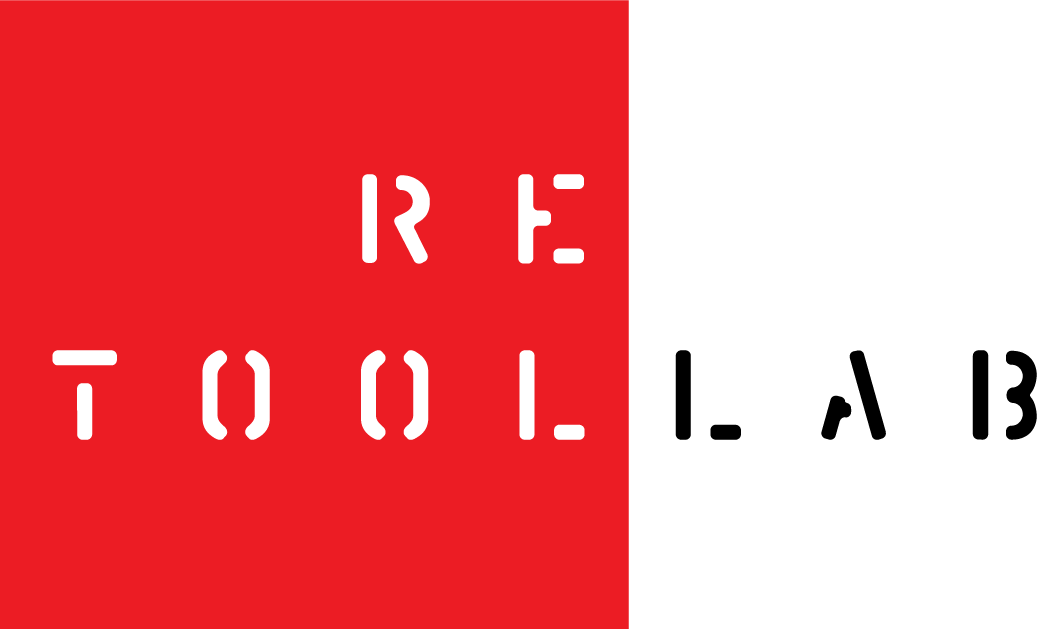What would Jeff Bezos do? The Disruptive Museum.
Did anything good come out of the pandemic for museums? It was an opportune moment to rethink the brand on which they’ve always coasted. But if they go back to believing they are already a focal point for reflection and debate, then probably not.
Museums have to stop behaving like museums. Typically they have been good marketers focused on attracting new audiences, but their emphasis on “place” is so consuming that they’re only indifferent storytellers. Holland Carter, a New York City museum director, says post-pandemic museums should worry less about finding blockbusters to lure people in the door, and more about wrapping themselves in storytelling, which requires hiring “new interpreters to reconsider their role as history tellers.”
Where are new ideas coming from to drive the sector ahead? How innovative can we get?
Over time, everything changes: we think about taxis differently because of Uber; bookstores have lost ground to Amazon; Netflix means you no longer rent videos at Blockbuster; your next vacation stay may be at an Airbnb; BlackBerry underestimated the iPhone. “Disruption” applies to any industry, and it isn’t just doing things in a different way, it’s about changing the game. It means taking a look at an industry or a way of doing things that is set in stone and finding a way to do it differently.
Can a museum – whose work is based on methodology that has been around for centuries, and whose practices have lost their focus on the customer over time – be disruptive? If you want to foster a disruptive mindset, you can’t be constrained by working within the realm of what’s already available: start from scratch. Determine what the customer really wants to experience and find new ways of responding to their needs. Stepping away from accepted norms and find new solutions requires curiosity and creativity.
Yes, GLAMs are valuable – that doesn’t mean they don’t have to change. They can become laboratories for innovation if they lessen their reliance on traditional marketing communications and focus on telling stories to engage new, more global, audiences.
Renew your story for a new age of listeners. There is an audience wanting to hear what you have to say, but if they are to think more, you have to want to help people read more, listen more, see more. Thinking like a media organization and developing new content represents a huge opportunity to be widely known for unique ideas, so be intrusive about transmitting your collection’s stories. Community will gather around leading ideas; content will bring more people to your door – if you can show them you’re a place to interact with leading ideas. So shaping the conversation is a huge opportunity to become an indispensible organization.
As you take your organization from place to purpose with content, consider how leveraging that new content can also disrupt the membership process. It shouldn’t be limited by physical distance: the ability to get members from Toronto to Taiwan defines the type of organization you want to be: less local tourist attraction and more global leader. The time of measuring success based solely on the turnstile has passed.
If these ideas seem intimidating, explore collaboration. Museums too often behave like orphans; there’s power as a team. Developing common bonds will help reposition museums in the minds of people. Maybe we need to focus on building a national museum brand, a new brand to tell the Canadian story.
Do something different. Hit the ball where they ain’t. Disrupt. Don’t be the next Blockbuster. Think about Netflix.

